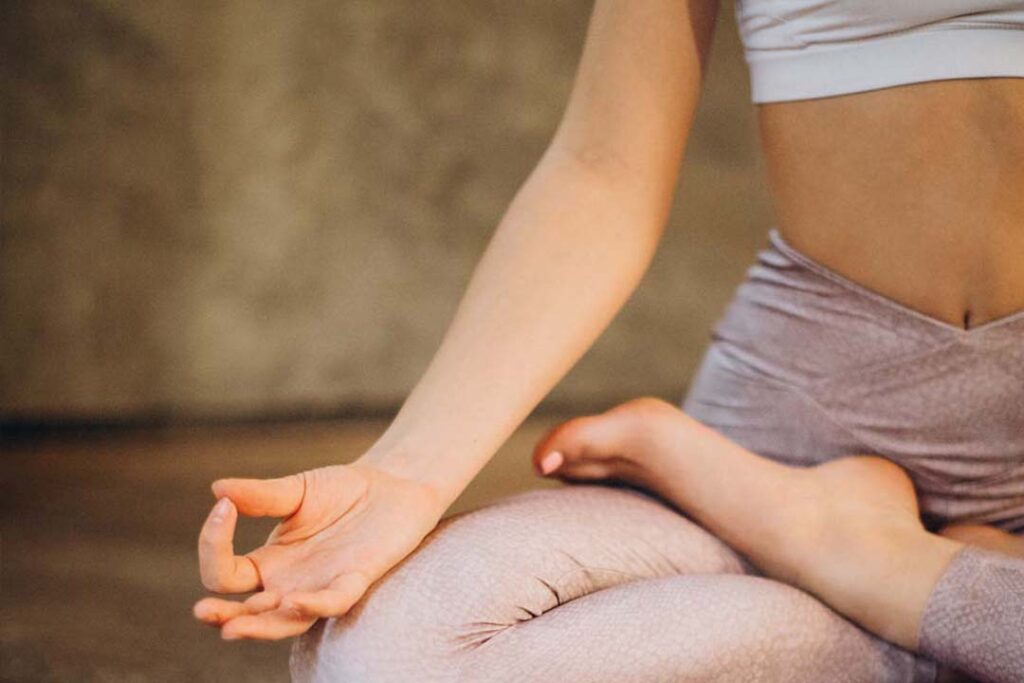Getting Started On Your Own
Some types of meditation primarily involve concentration—repeating a phrase or focusing on the sensation of breathing, allowing the parade of thoughts that inevitably arise to come and go.
Concentration meditation techniques, as well as other activities such as tai chi or yoga, can induce the well-known relaxation response, which is very valuable in reducing the body’s response to stress.
Mindfulness meditation builds upon concentration practices. Here’s how it works:
Go with the flow:
In mindfulness meditation, once you establish concentration, you observe the flow of inner thoughts, emotions, and bodily sensations without judging them as good or bad.
Pay attention:
You also notice external sensations such as sounds, sights, and touch that make up your moment-to-moment experience. The challenge is not to latch onto an idea, emotion, or sensation, or to get caught in thinking about the past or the future. Instead, you watch what comes and goes in your mind and discover which mental habits produce a feeling of well-being or suffering.
Stay with it:
At times, this process may not seem relaxing at all, but over time it provides a key to greater happiness and self-awareness as you become comfortable with a wider and wider range of your experiences.
Practice acceptance:
Above all, mindfulness practice involves accepting whatever arises in your awareness at each moment. It involves being kind and forgiving toward yourself.
Some tips to keep in mind:
Gently redirect.
If your mind wanders into planning, daydreaming, or criticism, notice where it has gone and gently redirect it to sensations in the present.
Try and try again.
If you miss your intended meditation session, simply start again.
By practicing accepting your experience during meditation, it becomes easier to accept whatever comes your way during the rest of your day.
Common Mindfulness Questions
- Is there a wrong or right way to meditate?
People think they’re messing up when they’re meditating because of how busy the mind is. But getting lost in thought, noticing it, and returning to your chosen meditation object— breath, sound, body sensation, or something else—is how it’s done. That’s about it. If you’re doing that, you’re doing it right! - Are there more formal ways to take up mindfulness practice?
Mindfulness can be practiced solo, anytime, or with like-minded friends. Or if you need help book a call with me. - Do I have to practice every day?
No, but being that it’s a beneficial practice, you may well find that the more you do it, the more you’ll find it beneficial to your life. - How do yoga and mindfulness work together?
By Yoga you probably mean the physical exercises or “asanas” There are a number of yoga (asana) poses that will help you with your mindfulness meditation practice.




